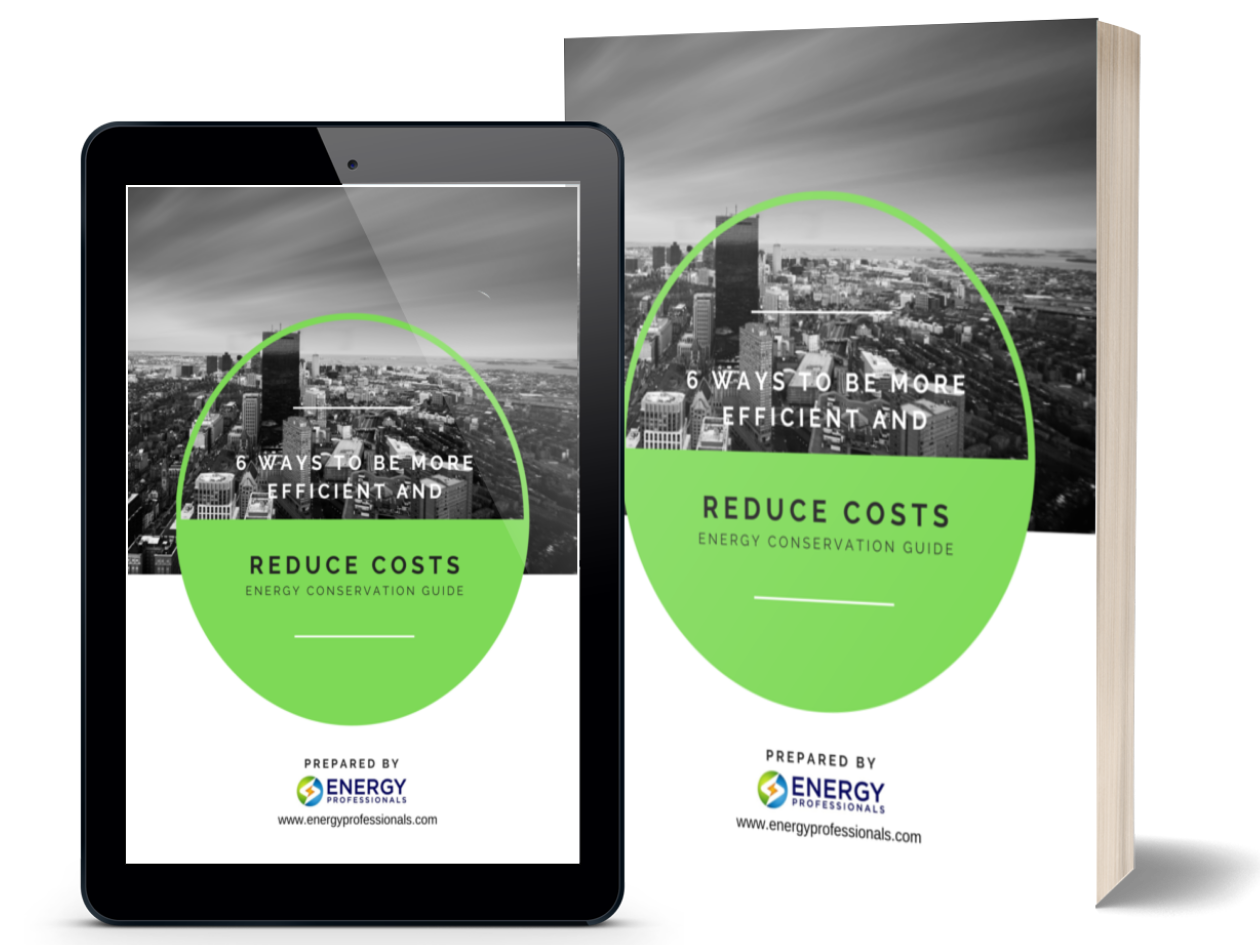Why Has My Electricity Bill Increased So Much Recently?
If you’ve opened your latest electricity bill and found a shockingly high number staring back at you, you’re not alone.

If you’ve opened your latest electricity bill and found a shockingly high number staring back at you, you’re not alone.
If you’ve opened your latest electricity bill and found a shockingly high number staring back at you, you’re not alone.
Many consumers and businesses across the U.S. are seeing sudden spikes in their electric bills, even though they haven’t significantly changed their energy usage.
So, what’s happening?
There are a few major factors behind the recent increase in electricity prices, and understanding these can help you get a clearer picture of what’s driving your costs.
At the end of this article, I will provide three things you can do to reduce your electricity bills.
Let’s get started:
* While this chart illustrates rising residential electricity rates, the rates for small businesses and commercial customers follow a very similar trend.
For about 20 years, electricity demand in the U.S. has been relatively consistent.
That is, until recently.
In an article published just last month, icf.com stated:
“After decades of relatively flat electricity demand across the country, demand could increase by an average of 9% by 2028 while peak demand for electricity could increase by an average of 5% over the same period.”
In that same article, they predicted that this could increase electricity costs by 20%, one of the most significant increases we’ve seen in 30 years.
Two big factors are driving a significant increase in electricity demand:
These two factors are creating a surge in power demand that the grid wasn’t necessarily prepared for, which is one contributing factor to increasing electricity bills.
The second factor is the shift to renewable energy.
While moving toward cleaner energy sources like wind and solar is a positive step for the environment, it comes with challenges and costs.
In 2017, it was estimated that the transition to renewable energy would cost the U.S. almost 4 TRILLION dollars by 2050.
The problem is that we’re trying to build an entirely new energy infrastructure from the ground up while simultaneously shutting down existing fossil fuel-based power plants.
This process requires massive investment in new transmission lines, renewable energy storage, and grid upgrades.
And guess where the utility companies get the money for this?
You guessed it… you!
Not only is the transition increasing the price of electricity, but millions of customers are now paying a renewable energy charge as a separate line item on their bills to support the transition.
How does the price of natural gas affect increasing electric bills?
Apart from the fact that many homes and businesses use natural gas as a primary heating source, the raw price of natural gas (as a commodity) is very closely related to the cost of electricity itself.
Natural gas is the largest source of electricity generation in the U.S., which is another primary reason behind rising energy costs.
Here’s the situation:
When supply decreases while demand increases, prices go up—precisely what we see now. As natural gas remains the primary fuel for electricity production, these price increases are reflected in your electric bill.
While natural gas prices are currently at historically low levels, it’s important to note that the last four times they were this low, they surged significantly over the following 36 months.
So, what can you do if electricity prices rise and there is no relief? Here are a few steps you can take to help lower your energy costs:
The factors driving electricity prices higher—rising demand from EVs and AI data centers, the shift to renewable energy, and the tightening supply of natural gas—are not going away anytime soon.
But by making smart choices about energy efficiency, securing lower rates, and reducing waste, you can help mitigate the impact of rising costs on your bottom line.
If your electricity bill has risen lately, now’s the time to take action. Whether you’re a homeowner or a business owner, there are solutions out there that can help you keep your energy bills in check.
At Energy Professionals, we specialize in helping small businesses reduce energy costs by securing lower energy rates and identifying ways to cut energy usage and waste. Feel free to reach out if you’d like more information or need assistance with energy consulting.
Let’s work together to lower your electricity bills and make your energy usage as efficient as possible. Click here to schedule a call with a licensed Energy Consultant.


Don't have one? You can get one by calling us at 855-4-PKIOSK.
Energy Professionals is committed to finding its customers the best possible rates on electricity and natural gas. Tell us your location and service type and our energy manager will connect you to the most competitive offers.
Switching to an alternate supplier is easy. There is no chance of service disruption, and you'll continue with your current utility for energy delivery and emergency service. Take a few minutes to discover your best offers, and enjoy the benefits of retail energy in your home or business.
1. Energy Type
2. Service Type
3. Zip Code
4.Local Company
5.Zone
We believe that knowledge is power. Here’s a free e-book that provides business solutions to reducing energy costs.
Download E-Book Free Energy Audit




